Types of Ratio: What are Financial Ratios?
Last Updated On -21 Apr 2025
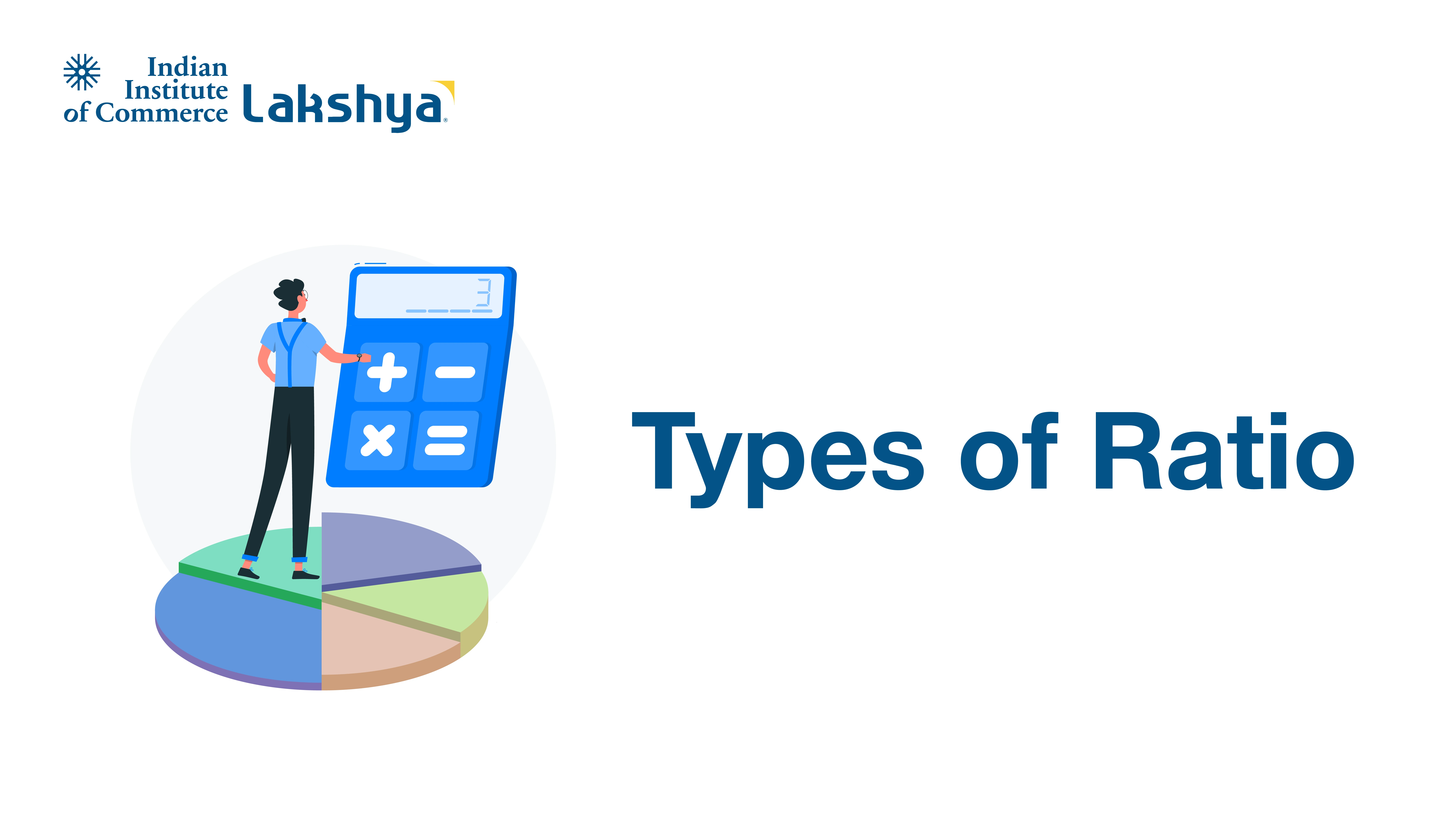
One of the most useful instruments available for examining a company's performance and condition is financial ratios. They translate unprocessed financial data into valuable insights that simplify comparison, assessment, and decision-making. Investors, creditors, analysts, and managers seeking to evaluate a company's profitability, liquidity, efficiency, and solvency find ratios especially vital. We will discuss the main forms of ratios, their formulas, importance, and examples in this blog to help you grasp how they apply in practical corporate situations.
What are Financial Ratios?
Mathematical analogues between several financial figures taken from an income statement, balance sheet, or cash flow statement make up financial ratios. These ratios offer a view of a company's operational efficiency and financial soundness as well as help to demystify difficult accounting data. Ratios present a clear image whether one is looking at how quickly merchandise is moved, how much profit is made on sales, or how efficiently a company handles debt.
Not only do ratios guide internal management decisions, but they also are quite important for outside evaluations like credit ratings, investment analysis, and regulatory assessments. They enable industry-wide comparison of organisations and long-term performance tracking for stakeholders.
Types of Financial Ratios
Making wise selections in business and investing requires knowledge of the several forms of financial ratios. Whether your position is student, business owner, manager, investor, or otherwise, understanding liquidity, profitability, solvency, efficiency, and market value ratios can help you to see the whole performance of any company.
One can generally divide financial ratios into three main groups:
1. Ratio of Liquidity
Liquidity ratios assess a company's capacity to satisfy its short-term liabilities with reference to its most liquid assets. These ratios show if a company has sufficient cash or assets that could be rapidly turned into cash to cover present debt.
The key types of ratio of liquidity with definition and respective formula is tabulated below:
|
Type of Ratio of Liquidity |
Definition |
Formula |
|
Current Ratio |
This ratio reveals the number of times the present assets of the company might pay off its present debt. Usually, a ratio above one is good. |
Current Assets / Current Liabilities |
|
Quick Ratio |
Sometimes known as the Acid-Test Ratio. It excludes inventory, which might not be readily convertible to cash, therefore emphasising instantaneous liquidity. |
(Current Assets − Inventory) / Current Liabilities |
|
Cash Ratio |
A conservative assessment of liquidity based just on most liquid assets. |
Cash and Cash Equivalents / Current Liabilities |
For example, The current ratio, for instance, would be 2.0 — suggesting a strong liquidity situation if a corporation has current obligations of ₹2,50,000 and current assets of ₹5,00,000.
2. Profitability Ratios/ Riches Ratios
Profitability ratios evaluate a company's earning capacity in relation to its equity, assets, or revenue. These ratios reveal a company's resource management skills and help one understand how well it turns sales into profits.
The key types of profitability ratio with definition and respective formula is tabulated below:
|
Type of Profitability Ratio |
Definition |
Formula |
|
Gross Profit Ratio |
Shows the profit obtained after subtracting COGS from sales, therefore negating the cost of goods sold. |
(Gross Profit / Net Sales) × 100 |
|
Net Profit Ratio |
Shows the proportion of income left over after all expenses that still qualifies as profit |
(Net Profit / Net Sales) |
|
Return on Assets (ROA) |
Shows how profit-generating the assets are being employed |
(Net Profit / Total Assets) × 100 |
|
Return on equity (ROE) |
From the standpoint of shareholders, measures profitability |
(Net Profit / Shareholder's Equity) x 100 |
3. Ratios of Solvency: Leverage Ratios
Solvency ratios assess a company's capacity to satisfy financial stability and long-term commitments. They expose the percentage of the company funded by debt rather than equity.
The key types of ratio of solvency with definition and respective formula is tabulated below:
|
Types of Ratio of Solvency |
Definition |
Formula |
|
Equity Ratio |
Although a high ratio suggests financial risk, it also suggests possible gains |
Total debt/ Shareholder Equity |
|
Interest Coverage Ratio |
Shows how easily a business may pay debt-related interests |
EBIT (Earnings before interest and taxes)/ Interest Expense |
|
Debt Ratio |
Shows the debt-financed percentage of firm assets |
Total Liabilities / Total Assets |
For example, a debt-to---equity ratio of 2:1 indicates that the corporation employs ₹2 of debt for every ₹1 of equity. Should the earnings be erratic, this could point to further risk.
4. Activity Ratios: Efficiency Ratios
Activity or turnover ratios gauges a company's revenue generating efficiency with regard to its resources. These cover asset use, inventory control, and receivables collecting.
The key types of ratio of activity with definition and respective formula is tabulated below:
|
Types of Activity Ratio |
Definition |
Formula |
|
Inventory Turnover Ratio |
Shows annually the number of times the inventory is sold and replenished |
COGS / Average Inventory |
|
Receivables, or debtors, turnover ratio |
Shows the speed of receivables collecting |
Net Credit Sales / Average Accounts |
|
Net Sales / Average Asset |
Turnover Ratio Measures the company's capacity to exploit its resources to create sales. |
5. Rates of Market Valuation
Investors particularly use these ratios to evaluate the appeal of the stock of a company.
The key types of ratio of market valuation with definition and respective formula is tabulated below:
|
Types of Rates of Market Valuation |
Definition |
Formula |
|
Earnings Per Share (EPS) |
Shows the profit attributable to every one of a share of stocks. |
Net Income / Outstanding Share Count. |
|
P/E ratio, price to earnings |
Shows investor expectations and earnings worthiness and willingness to pay for |
Market Price per Share / Earnings per Share |
|
Dividend Yield |
Displays the dividend return on investment |
(Dividend per Share / Market Price per Share) × 100 |
Importance of Financial Ratio
Ratios are absolutely essential instruments for:
- examining financial statements for internal control and planning.
- Evaluating performance both historically and against industry peers
- Advocating choices on funding, investing, and budgeting.
- spotting gaps in liquidity, operations, and profitability as well as strengths.
- improving correspondence among creditors, investors, and management among other parties.
- Financial statements would be huge amounts of numbers with little comparative value without ratios. Ratios give context, standards, and clarity.
Limitation of Financial Ratio
Financial ratios have restrictions even if they are useful:
- Lack of standardising in various businesses could apply rather diverse recipes.
- Ratios derive from historical performance rather than from future projections.
- Not always comparable: Ratios change depending on sector and company size.
- Subject to manipulation: Window dressing and accounting rules might influence accuracy.
- Therefore, financial ratios must be applied in conjunction with other instruments and qualitative evaluations.
Read More
- What is a Demat account?
- What is the Stock Market?
- Liberalization
- 14 Principles of Management
- Carriage Inward vs Carriage Outward
Stay updated with the ever-evolving commerce world! Read our latest Commerce Blogswith informative topics.
Frequently Asked Questions (FAQs)
Which ratio best indicates profitability?
Depending on the situation, the Net Profit Ratio and Return on Equity (ROE) are among the finest metrics of profitability. Specifically preferred by shareholders is ROE.
In what ways may a company benefit from liquidity ratios?
Important for daily operations and financial health, liquidity ratios such as the current ratio enable companies to evaluate whether they can fulfil short-term needs.
What debt-to----equity ratio is ideal?
Although it differs depending on the sector, a debt-to---equity ratio of 1:1 is usually seen as balanced. More debt relative to equity shown by a larger ratio suggests more financial risk.








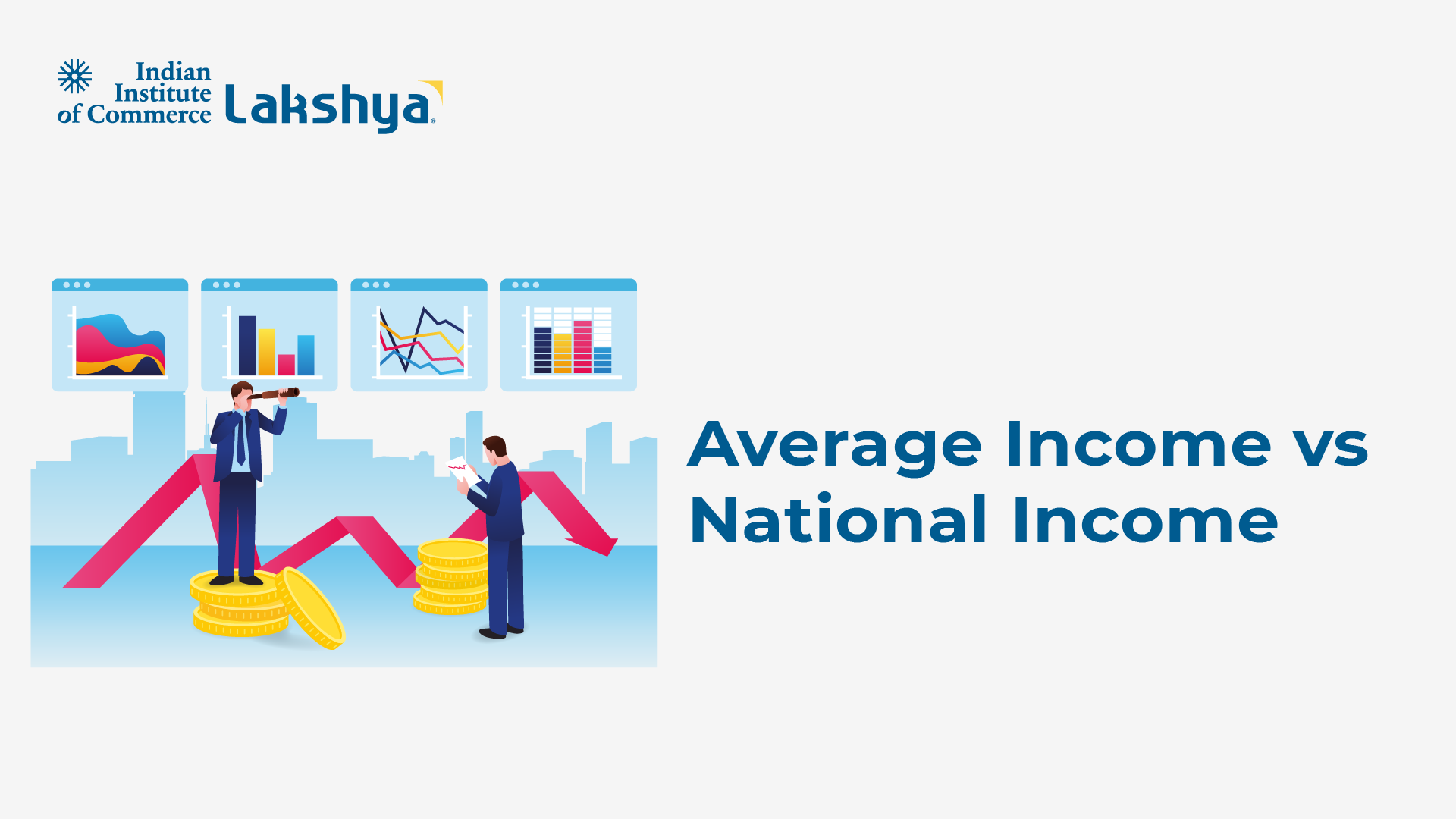
















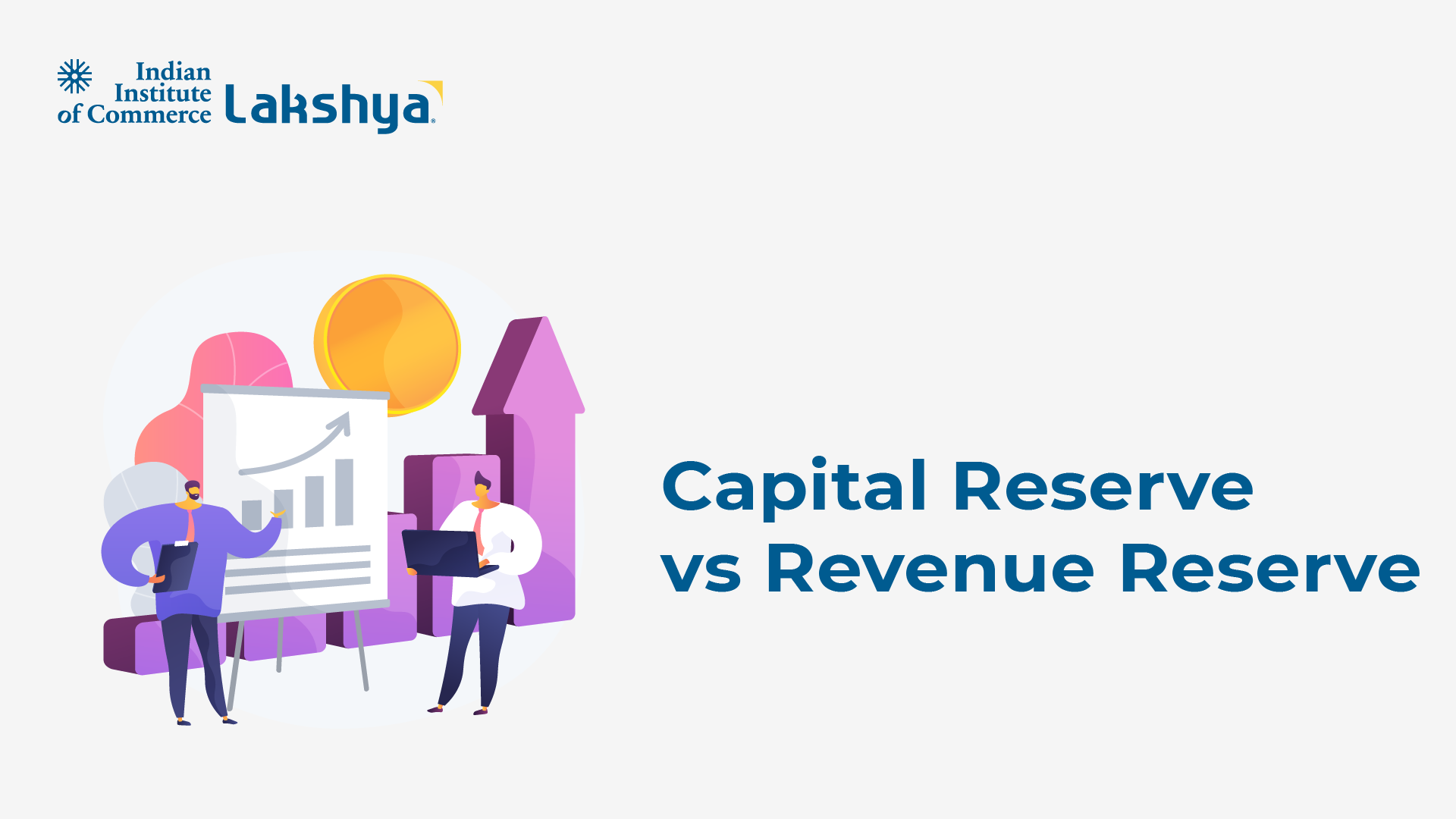
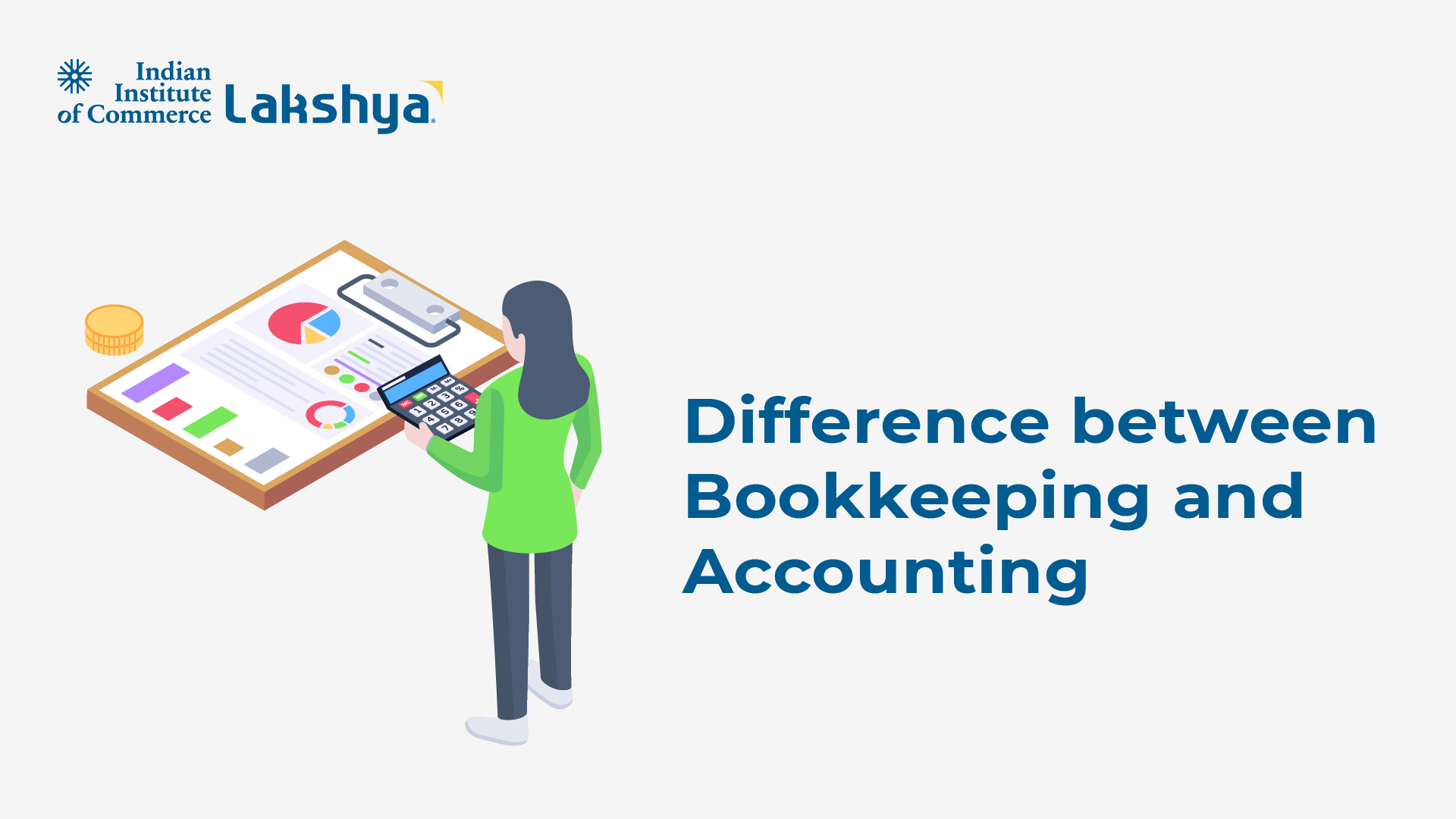








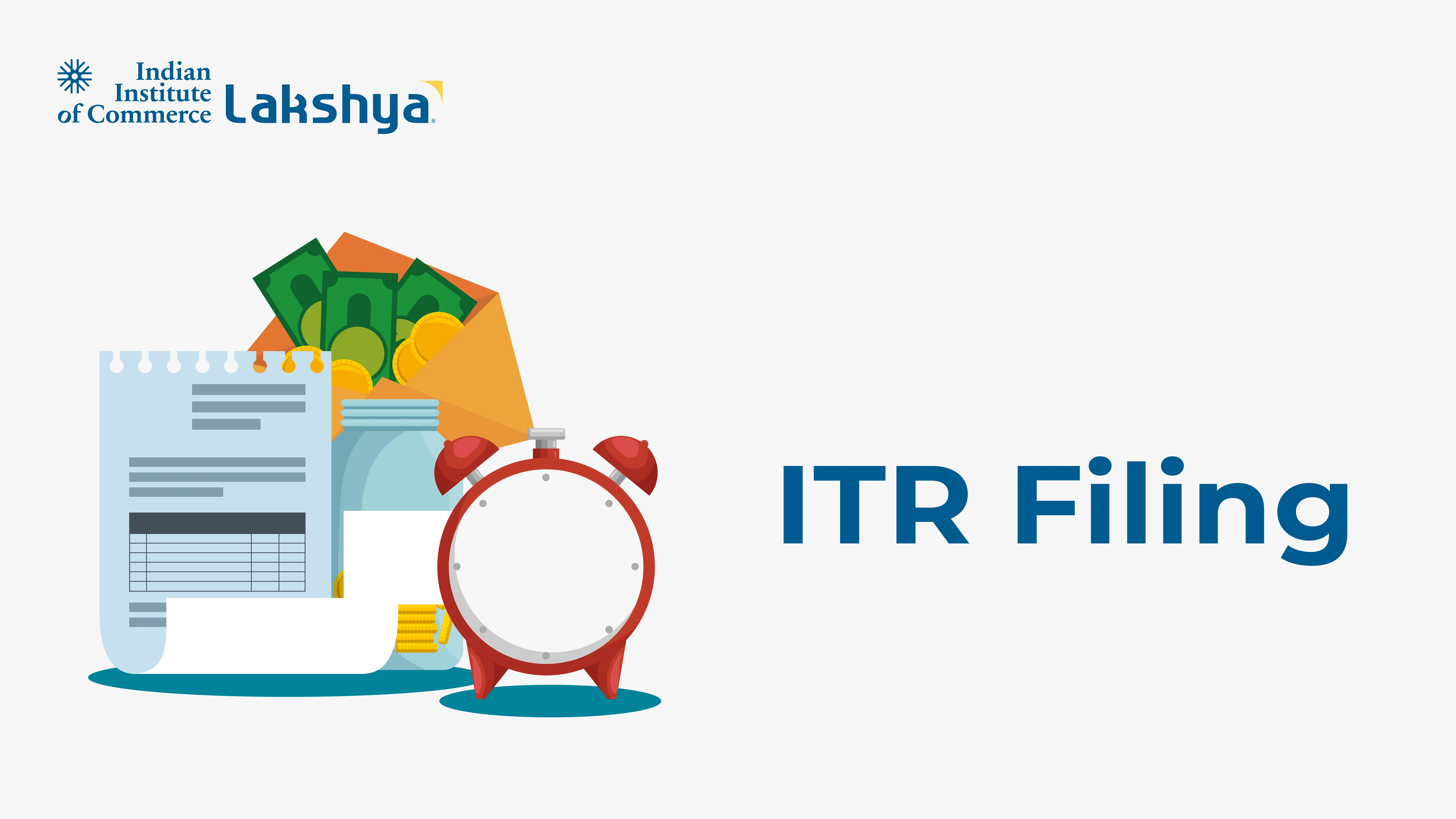

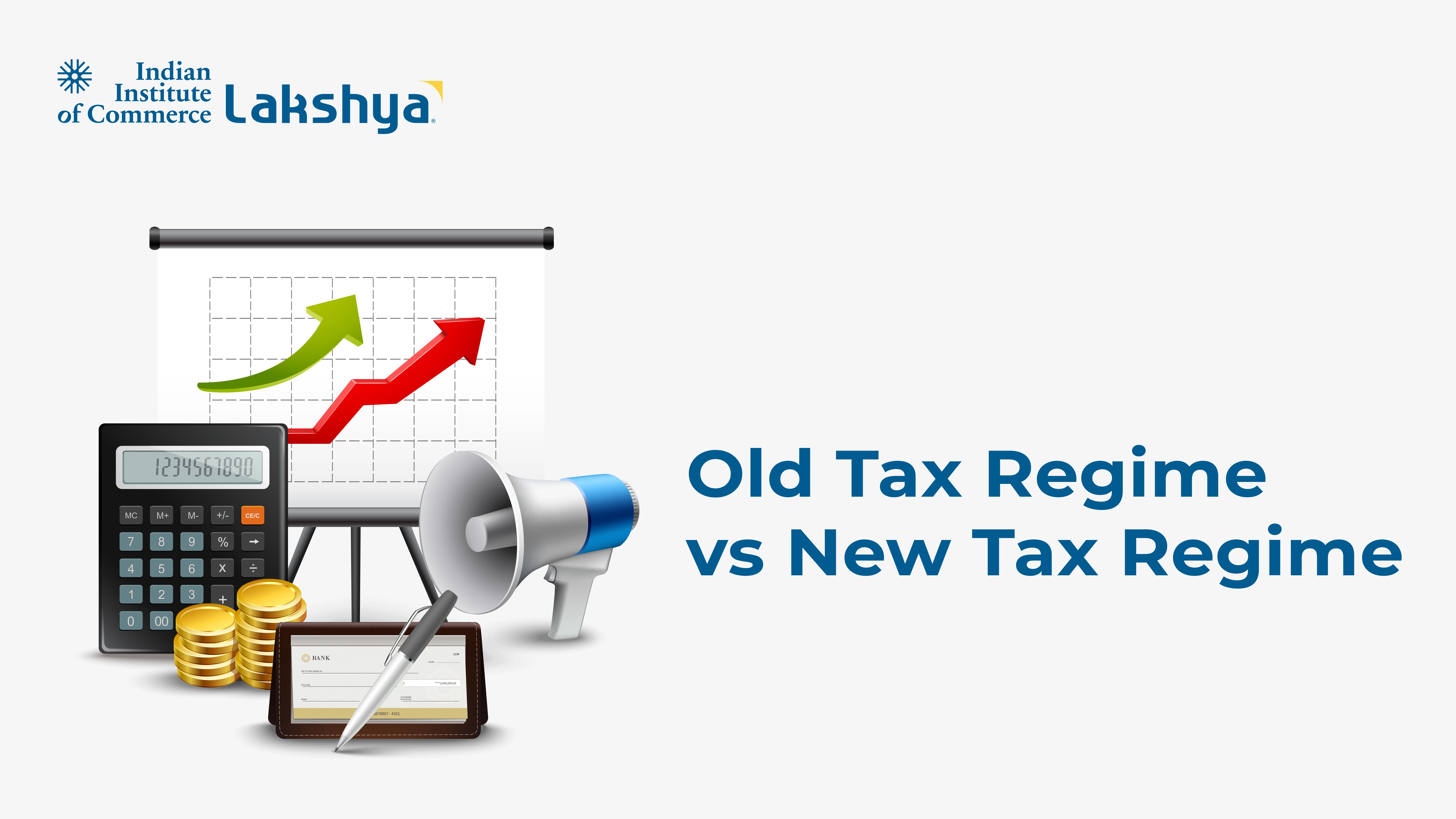






























































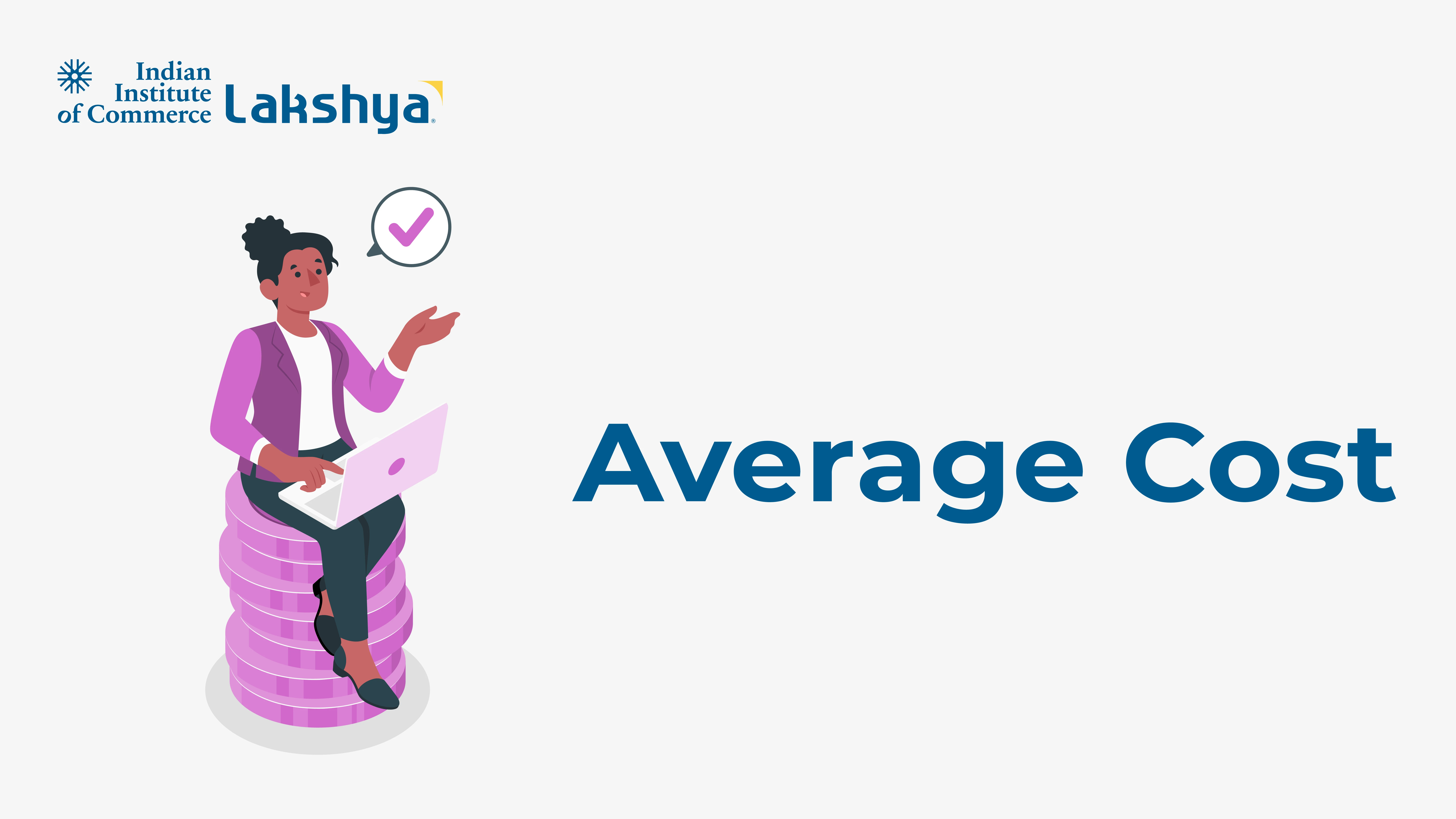











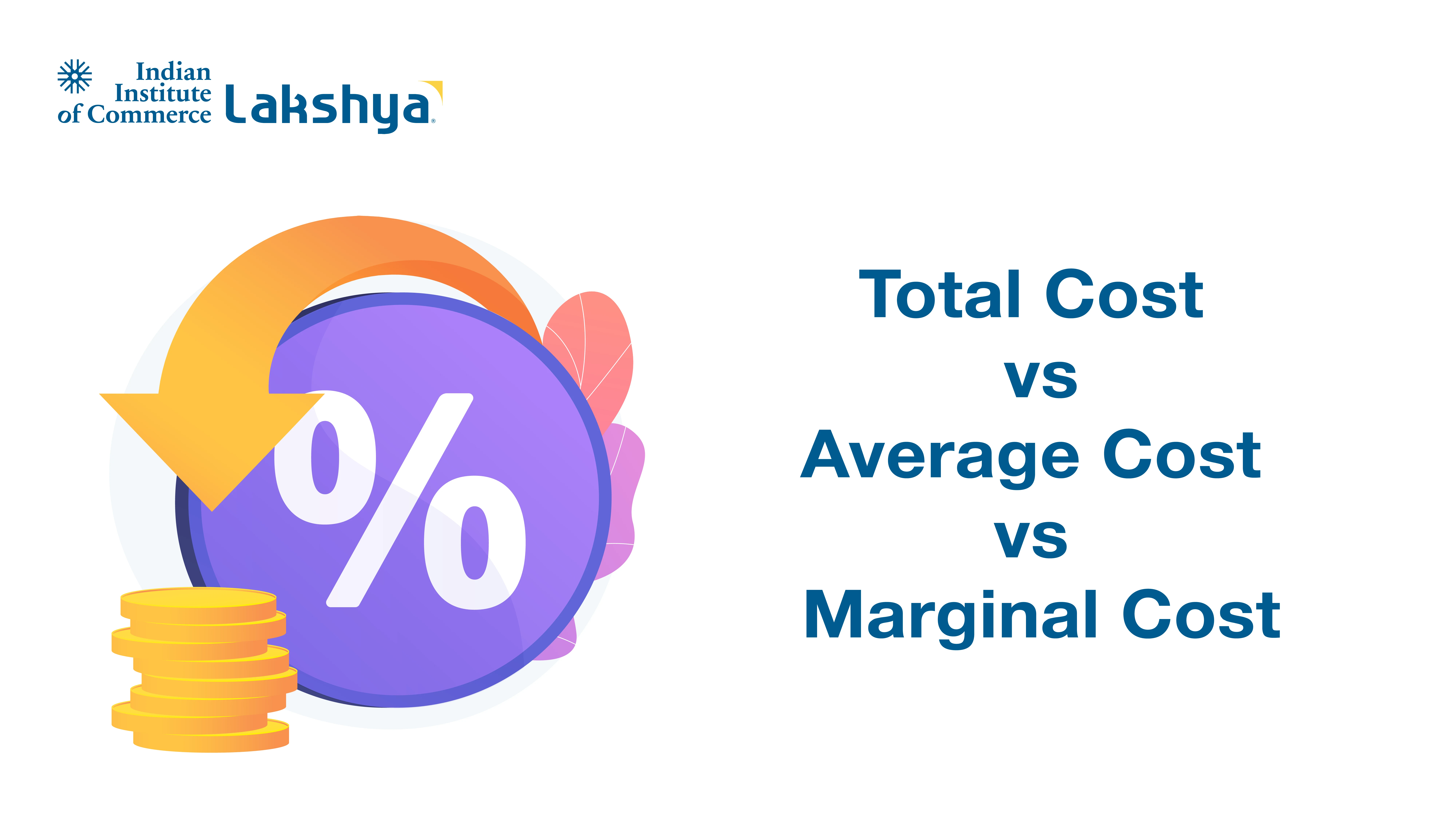




























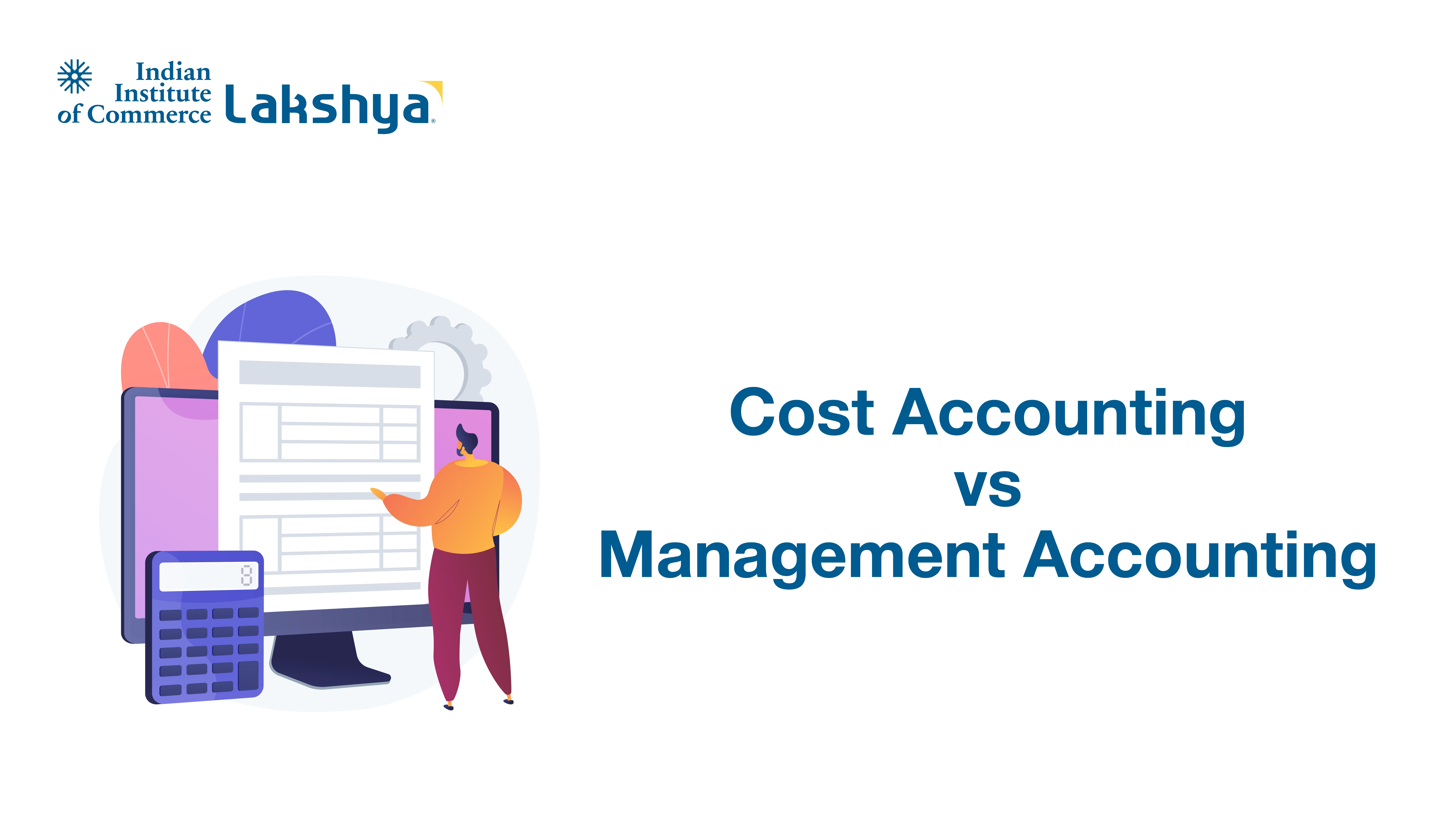



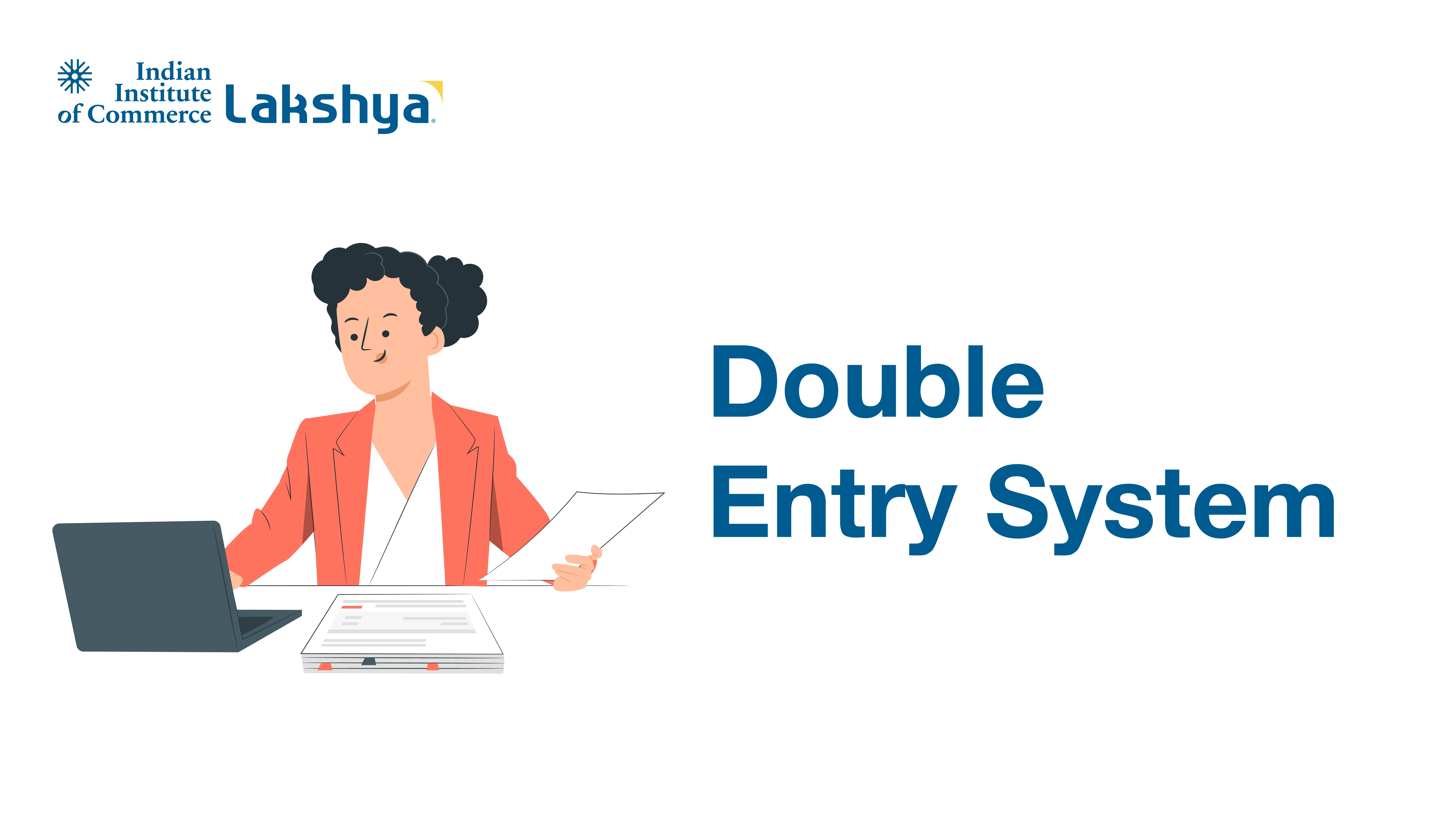







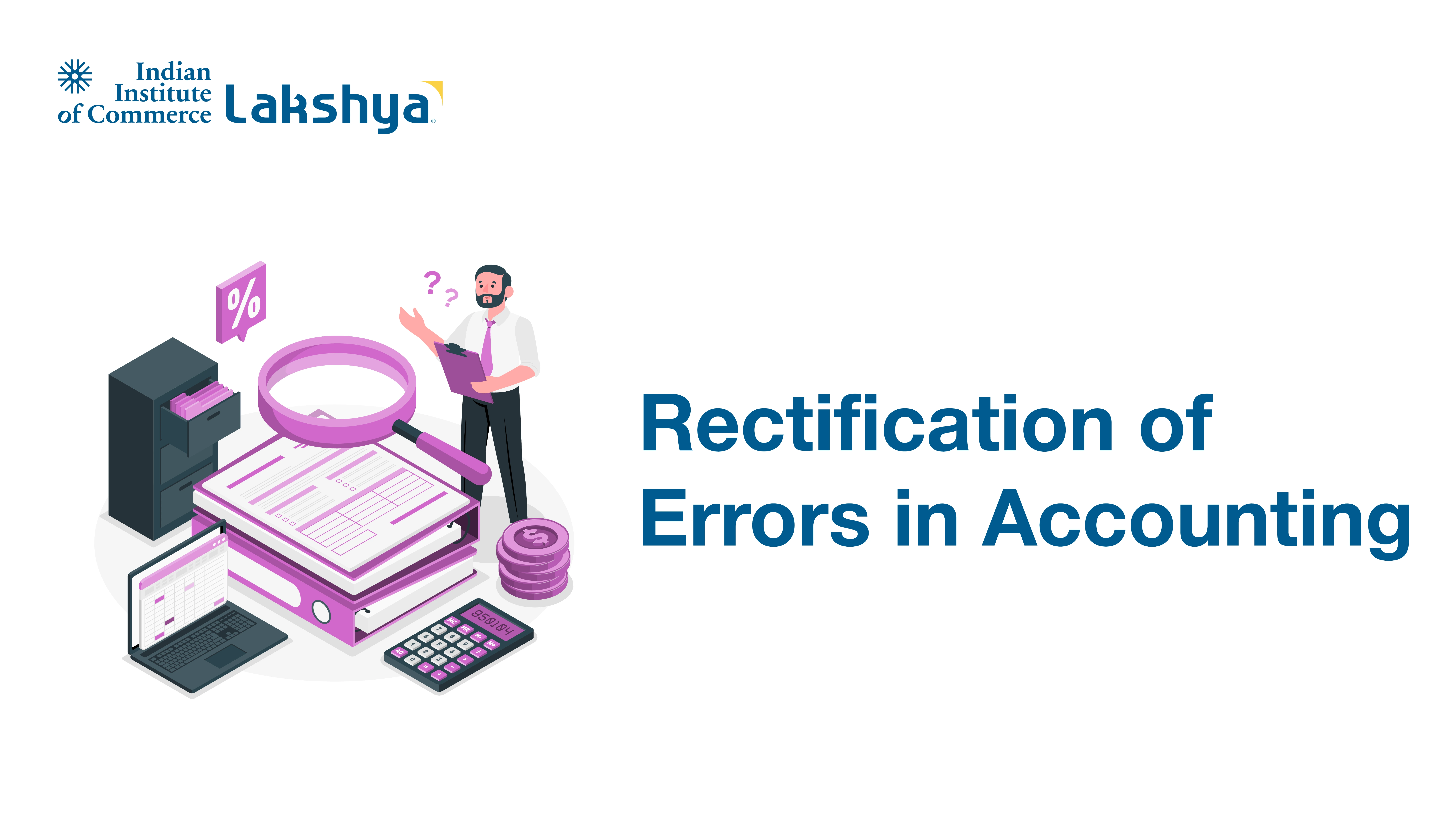
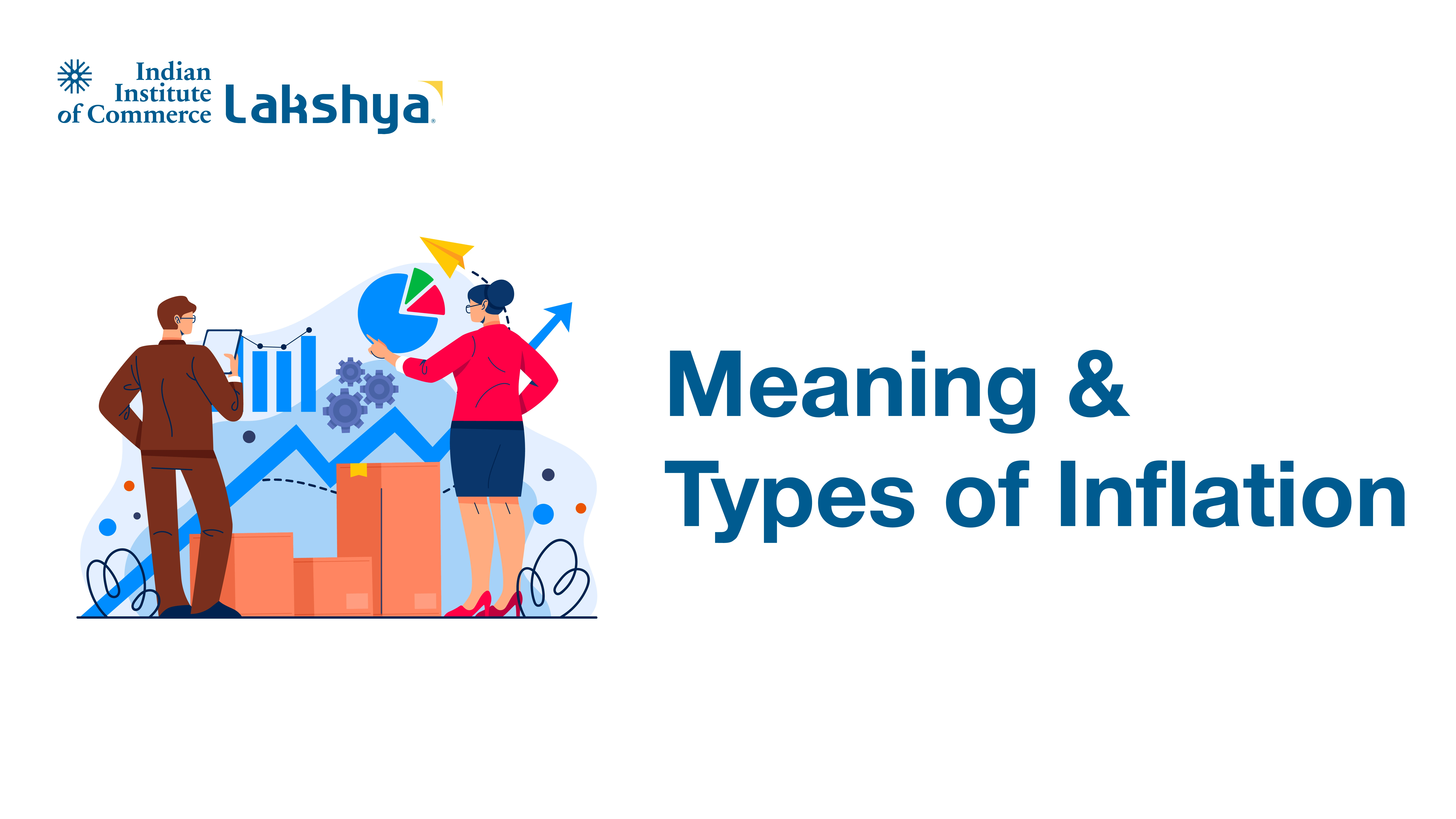

































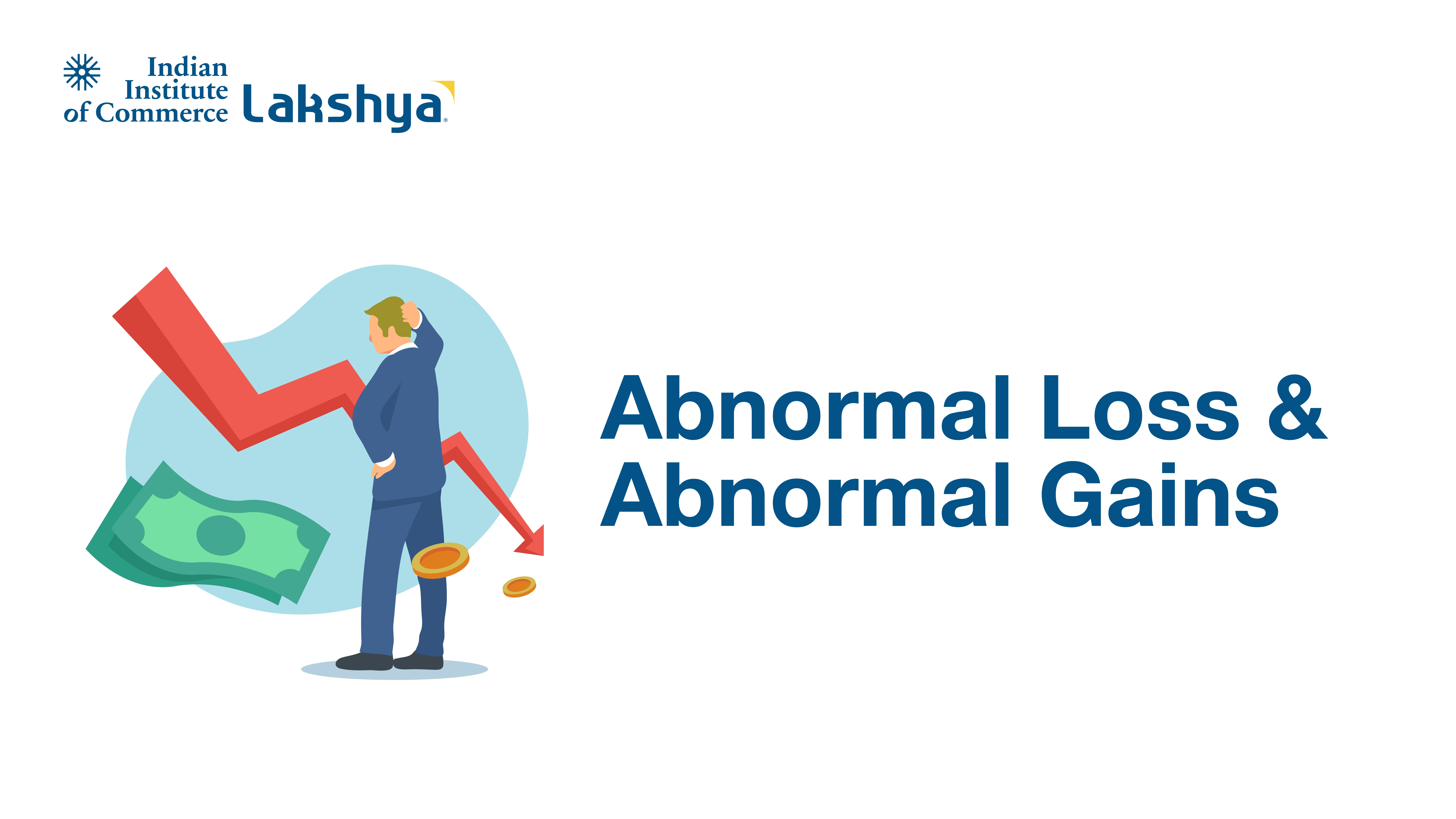



















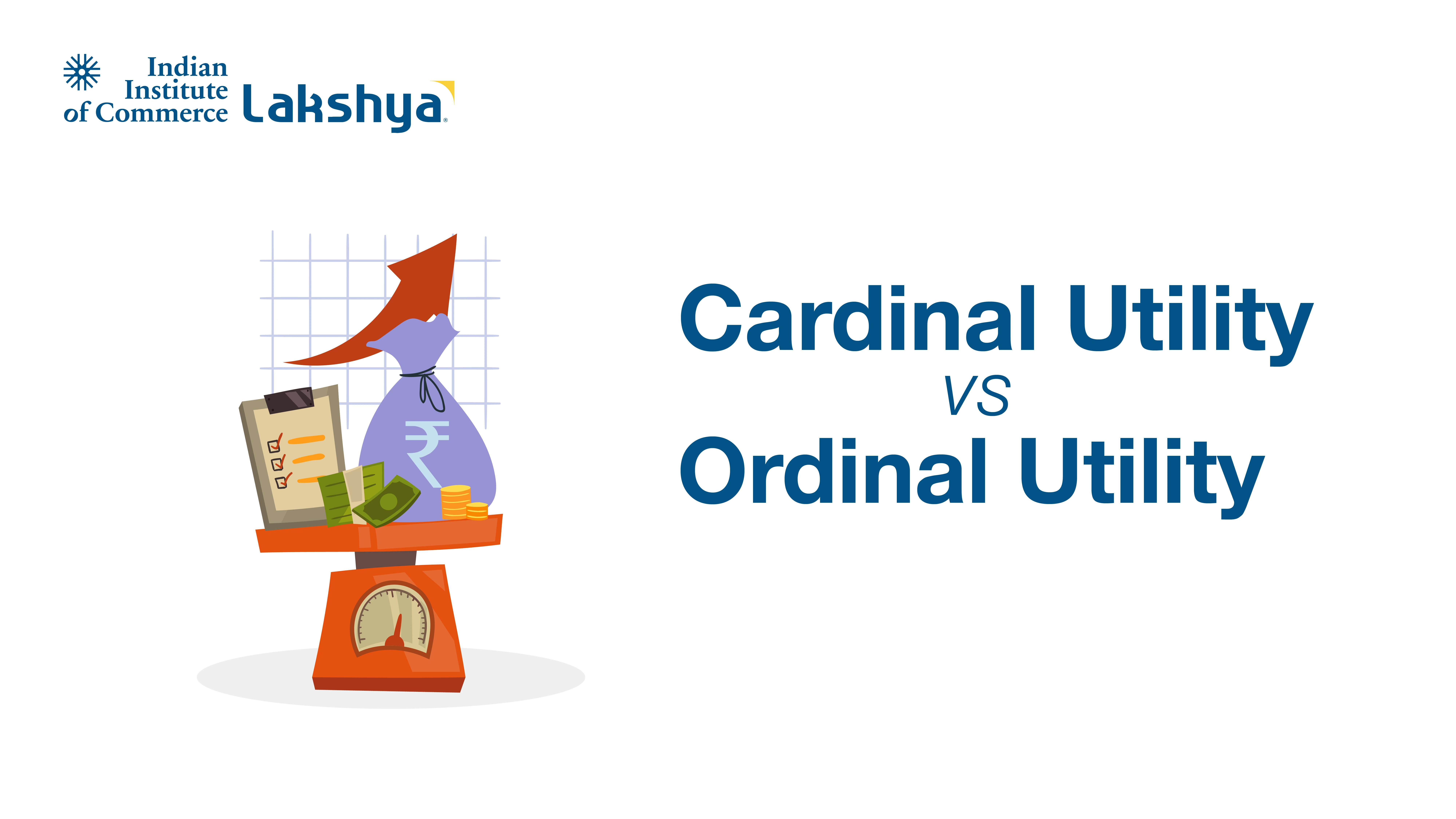










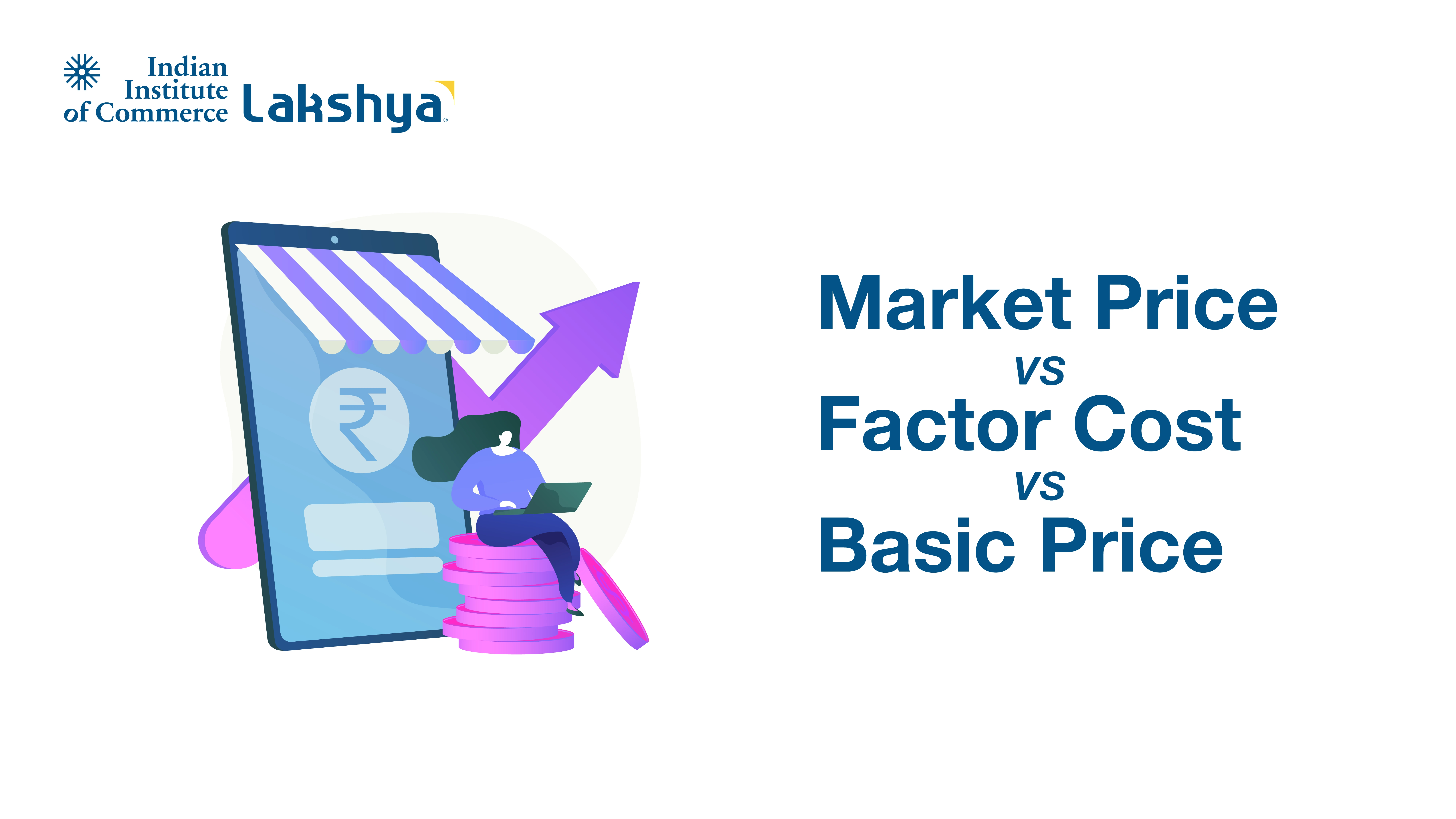















.webp)












































